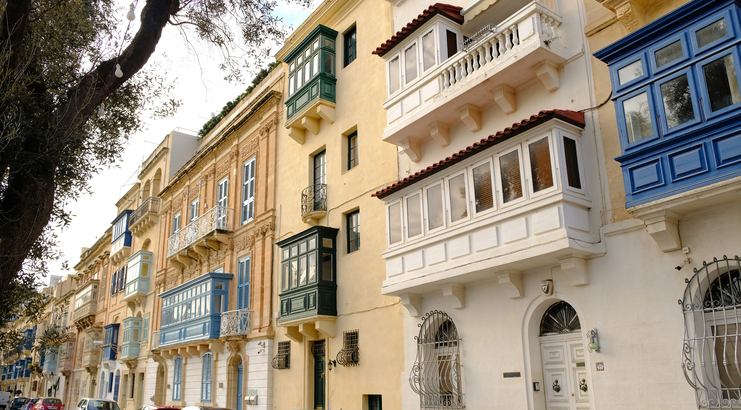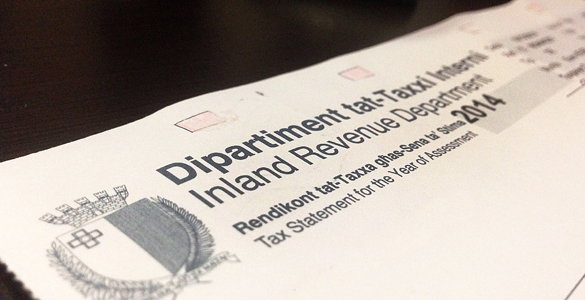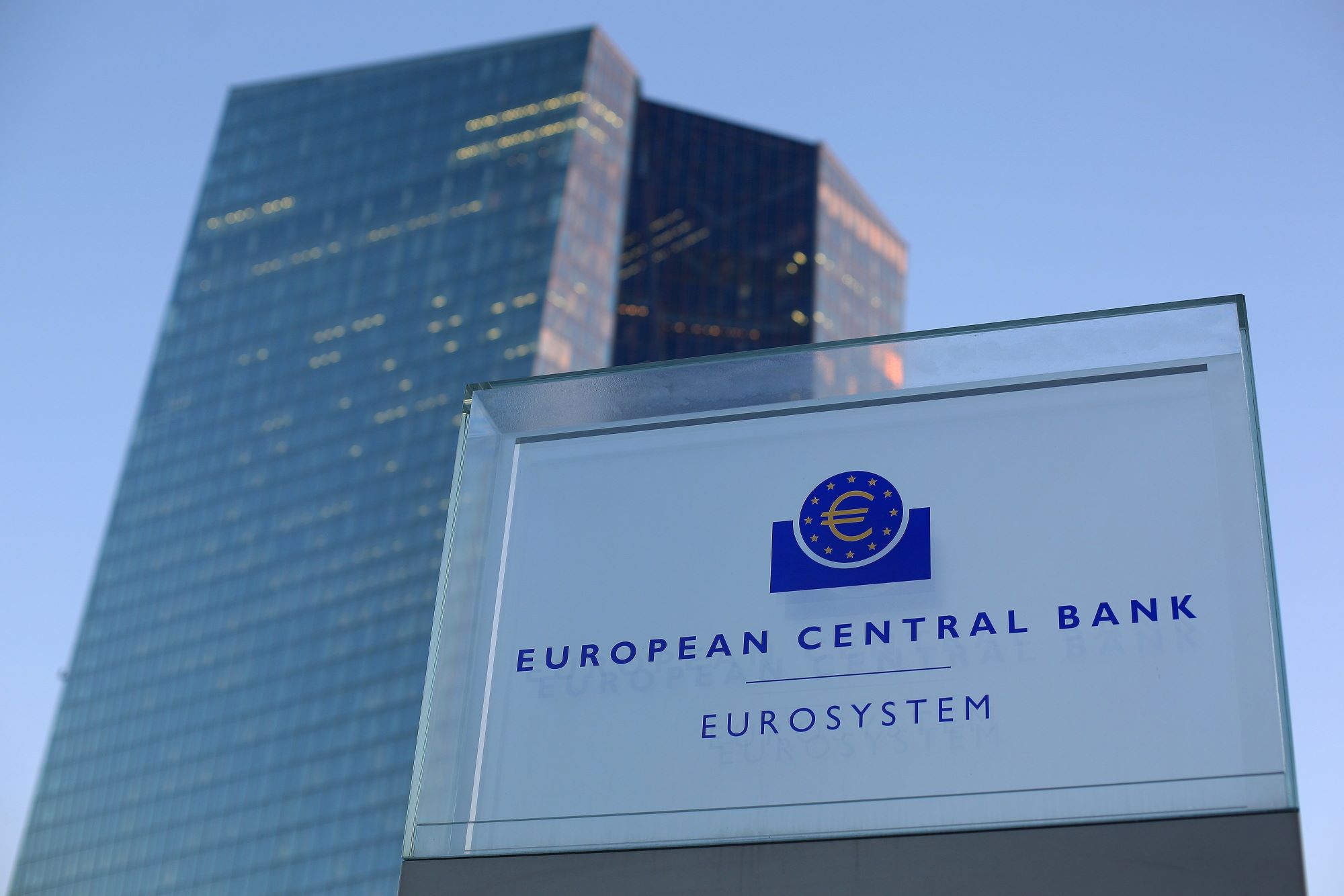By the end of November 2020, the Government’s Consolidated Fund reported a deficit of €1,334.0 million, the National Statistics Office has declared.
The pandemic’s bite is being felt across all segments of the Government’s finances, with significant dips in revenue and a need for major expenditure to prop up Malta’s economy.
In the state’s forecast for 2020 as presented in the Budget 2021, the Government expects its deficit to shoot up to 9.4 per cent in 2020, before being lowered to 5.9 per cent in 2021.
While the NSO’s financial update paints a stark, but expected, picture, this week’s rollout of the first COVID-19 vaccine is a welcome path back to a semblance of normality.
Between January and November 2020, recurrent revenue amounted to €3,732.1 million, 15 per cent lower than the €4,389.4 million reported up to the end of November 2019.
Income tax recorded the largest decrease of €203.7 million. Additional drops were also witnessed under: Value Added Tax (€181.3 million), Licences, Taxes and Fines (€84.4 million), Grants (€82.8 million), Customs and Excise Duties (€72.7 million), Social Security (€58.3 million), Reimbursements (€10.7 million), Rents (€3.4 million), Central Bank of Malta (€3.0 million), Dividends on Investment (€1.3 million) and Interest on Loans made by Government (€0.1 million).
Increases recorded under Fees of Office (€24.0 million) and Miscellaneous Receipts (€20.3 million) marginally off set the drop in revenue.
By the end of November 2020, total expenditure stood at €5,066.1 million, 15.6 per cent higher than the corresponding period in 2019.
Between January and November, recurrent expenditure totalled €4,084.8 million, a rise of €329.0 million in comparison to the €3,755.8 million reported in 2019.
The main contributor to this increase was a €168.2 million rise reported under Programmes and Initiatives. Furthermore, increases in outlay were also witnessed under Contributions to Government Entities (€96.5 million), Operational and Maintenance Expenses (€49.5 million) and Personal Emoluments (€14.8 million).
The main developments in the Programmes and Initiatives category involved added outlays towards: Social security benefits (€57.6 million, of which €14.5 million were spent on COVID-19 social benefits), the Economic regeneration voucher scheme (€45.3 million), Medicines and surgical materials (€41.2 million), Housing programmes (€12.7 million), Feed-in-tariff (€12.4 million), Public service obligation for public transport (€9.9 million), Extension of the school transport network (€9.9 million), Church schools (€9.7 million), Waiting lists for medical services (€7.4 million) and Cancer treatment (€6.7 million).
The rise in expenditure was partially offset by drops reported under Social security state contribution (€29.0 million, also reported as revenue) and EU own resources (€15.5 million).
The interest component of the public debt servicing costs totalled €164.8 million, an €8.9 million drop from the same period in 2019.
By the end of November 2020, Government’s capital spending amounted to €816.6 million, €364.7 million higher than 2019, largely due to additional spending towards Investment incentives (€322.7 million).
These incentives amounted to €346.8 million, of which €301.5 million was spent in relation to the COVID-19 Business Assistance programme. Furthermore, there were reported increases under Property, plant and equipment (€42.3 million), ICT (€14.4 million) and Road construction/improvements (€13.7 million).
In contrast, spending towards projects financed by EU Structural funds 2014-2020 fell by €21.9 million.
The difference between total revenue and expenditure resulted in a defi cit of €1,334.0 million being reported in the Government’s Consolidated Fund at the end of November 2020.
This represented an increase in deficit of €1,342.1 million when compared to the surplus of €8.0 million witnessed during the same period in 2019.
This difference mirrors an increase in total expenditure, consisting of recurrent expenditure (€329.0 million), interest (-€8.9 million) and capital expenditure (€364.7 million), in addition to a drop in recurrent revenue (€657.3 million).
Decreases in revenue and increases in expenditure reflect developments related to COVID-19.
At the end of November 2020, Central Government debt stood at €6,756.4 million, a €1,451.1 million rise from 2019.
Increases reported under Malta Government Stocks (€873.5 million) and Treasury Bills (€355.2 million) were the main reasons for the rise in debt. Foreign Loans registered an increase of €119.9 million, largely reflecting the new EU loan of €120 million from the temporary Support to mitigate Unemployment Risks in an Emergency (SURE) instrument.
Higher debt was also reported under the 62+ Malta Government Savings Bond (€91.0 million) and Euro coins issued in the name of the Treasury (€1.6 million). Finally, lower holdings by government funds in Malta Government Stocks resulted in an increase in debt of €10.0 million.
Top 5% of taxpayers responsible for one-third of all income tax paid in Malta
On the other hand, the bottom third of income earners pay just 1.7% of all income tax generated
The Malta Institute of Accountants prepares for its 2024 Anti-Money Laundering Conference
Held at the Radisson Blu, St Julians, this latest AML Conference promises to bring exclusive insights on new procedures
Eurozone interest rates to remain unchanged
The European Central Bank noted that price pressures remain persistent






